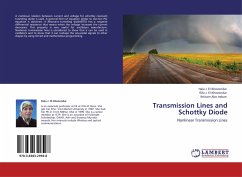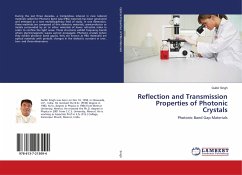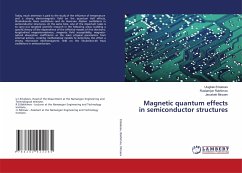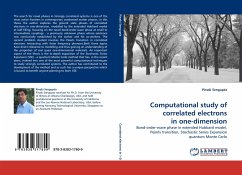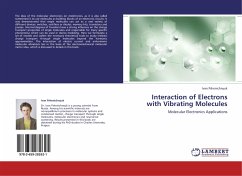
TRANSMISSION AND GUIDING OF ELECTRONS IN INSULATING NANOCAPILLARIES
ELECTRON GUIDING IN PET NANOCAPILLARY FOIL AND COMPARISON WITH ION GUIDING
Versandkostenfrei!
Versandfertig in 6-10 Tagen
32,99 €
inkl. MwSt.

PAYBACK Punkte
16 °P sammeln!
The transmission and guiding of slow highly charged ions through various insulating nanocapillaries of varying aspect ratios and track densities has attracted considerable attention in recent years. Ions lose negligible energy during the course of guiding and do not appreciably change charge state. In this book transmission and guiding of fast electrons (500 and 1000 eV) through an insulating polyethylene terephthalate nanocapillary (PET) foil has been presented and compared with results for slow ions. Electron guiding is found to decrease faster with both energy and foil tilt angle than for i...
The transmission and guiding of slow highly charged ions through various insulating nanocapillaries of varying aspect ratios and track densities has attracted considerable attention in recent years. Ions lose negligible energy during the course of guiding and do not appreciably change charge state. In this book transmission and guiding of fast electrons (500 and 1000 eV) through an insulating polyethylene terephthalate nanocapillary (PET) foil has been presented and compared with results for slow ions. Electron guiding is found to decrease faster with both energy and foil tilt angle than for ions. The spectra of transmitted electrons through the foil exhibit significant energy losses which increase with energy and tilt angle. The energy losses suggest that electrons undergo multiple elastic and inelastic scattering within the capillaries before being transmitted or lost inside the foil, a phenomenon not observed for slow ion guiding. Despite the considerable energy losses, it hasbeen found that the inelastically as well as the elastically scattered electrons are guided through the capillaries. The present results indicate that electron and ion guiding are different processes.




